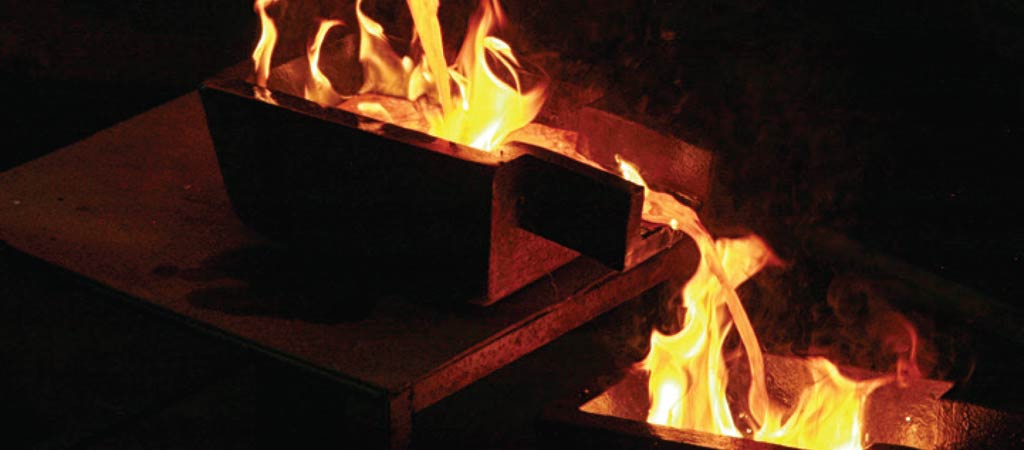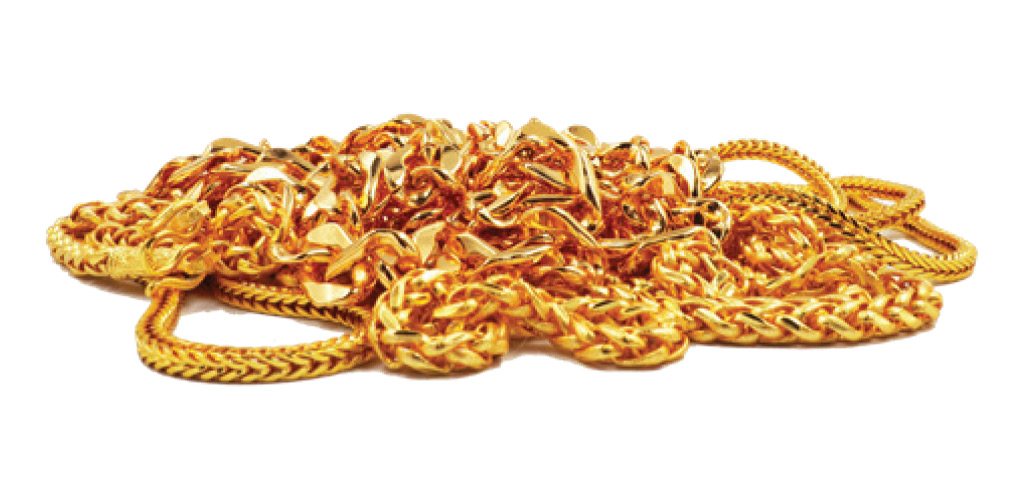
Research & Blogs

Gold Refining: What It Is and Why It Matters
How Does Gold Refining Work?
Gold is a centuries-old precious metal and store of value highly regarded across various cultures worldwide. But seldom do people know or understand the process of forming the final gold product, be it a bar, coin, or piece of jewelry. Some may be surprised to learn that gold does not exist naturally as 100% pure. Gold ore is mined from the earth’s crust, comprising other types of less-desirable alloyed metals, including platinum, palladium, silver, and copper. Geologists estimate that as of 2020, about 80% of the world’s gold has been mined and is above ground. The process of gold refining creates gold bars that are of high quality and purity by separating the gold from those other metals.

The process begins when the refinery facility receives the raw material to extract gold. This can include ore, rocks, gold nuggets, scrap gold, jewelry, and doré bars. Doré bars have a gold purity of 80% and are directly produced by miners. The refinery takes that raw material and reliquefies the metal in an extremely hot furnace, as gold’s melting point is a scolding 1,948 degrees Fahrenheit. Here, various chemicals are added to the molten mix to isolate the gold from the other, less desired metals. This process of extensive smelting involving extreme heat, pressure, and several chemicals results in the removal of various impurities from the gold.
After the purification process is complete, a sample from that round of smelting is used in an assay to determine the precise purity of the gold content. Assaying refers to the process of verifying the purity and/or weight of a gold piece. Gilded requires all its gold to contain a minimum yield of 99.99 percent pure gold, otherwise known as 24-karat gold.
After the assaying process is complete, the gold is ready to be reformed into many different types of molds. It can be formed into a gold bar or coin, or it can be developed for use in electronics, furniture, buildings, and more.
Why Gold Refining?
Gold refining takes an object consisting of any percentage of gold to make a final product that consists of only pure gold. Once the pure gold content is thoroughly separated from the other metals within the alloy, it can be used to serve myriad purposes. It is a necessary process leveraged by gold dealers, retailers, resellers, and pawnbrokers to accept objects consisting of gold. Only through gold refining can the actual gold content be measured and appraised to be recycled into a new gold piece. The purer a gold bar is, the more value it holds. The process of refining allows for a higher quality bar to be created for investors to access.

Aside from the monetary value of pure bars, refining is often a sustainable way to create pure gold bars. Beyond the ethical and sustainable standards that many refiners hold themselves to, the jewelry, scrap metals, and other raw objects used in the initial steps of the refining process are recycled materials. E-waste (throwing away old computers and other technological devices) results in the annual disposal of an estimated $60 million worth of precious metals. Refining with recycled materials provides a more sustainable way to create and obtain a pure gold bar.
Gilded ‘s Refiners
Gilded works with best-in-class Swiss refiners to provide our investors with the highest quality gold bars. These trusted partners provide certificates of assay after the gold is refined, and the gold is also verified by our trusted certification companies. Gilded’s gold is guaranteed to be 24-karat and authentic.
According to historical data, gold has often been used as a safe hedge against inflation and has served as a store of value in times of economic uncertainty. The process of refining gold allows for higher quality, purer gold bars for investors.
